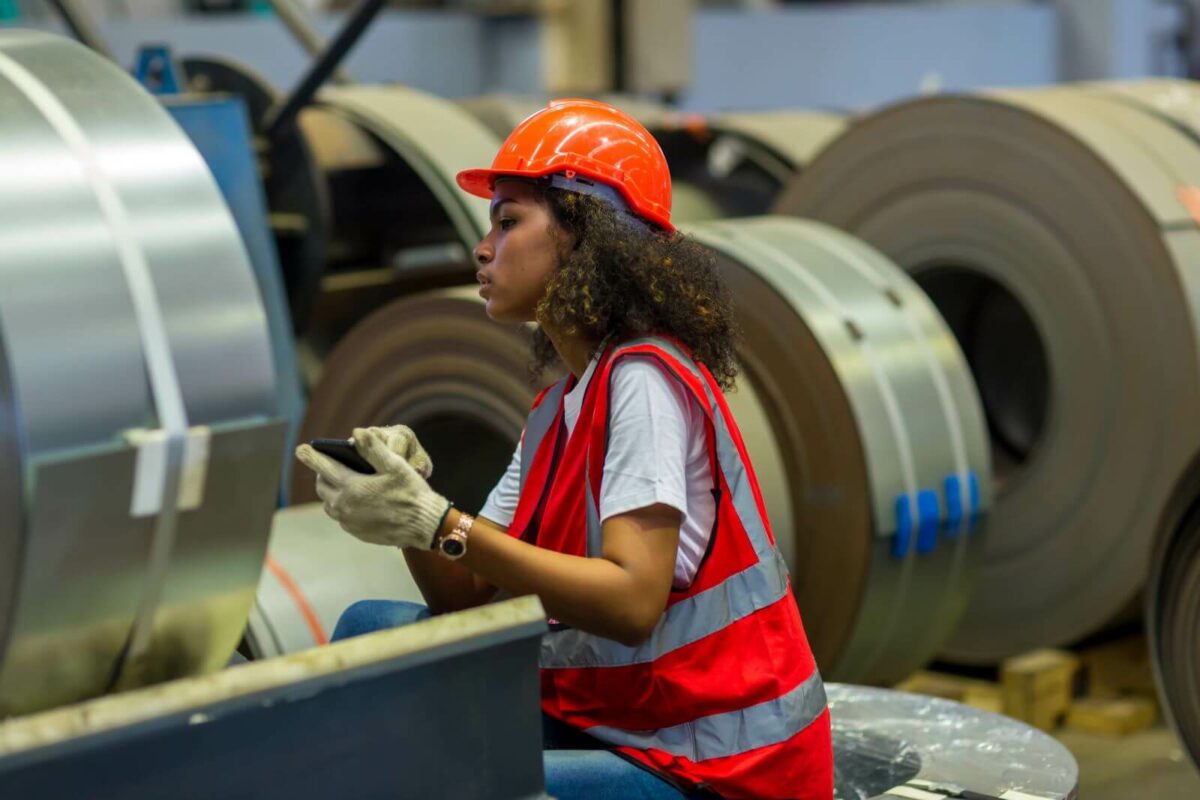Hearing Loss is More Common Than You May Think
Between 40-50 million Americans suffer from some detectable degree of disabling hearing loss. That means that it personally affects more people annually than diabetes or cancer. Congenital hearing disabilities are in fact very rare, affecting less than three out of every 1,000 babies born in The United States. But over 13% of the total population aged 18 years old or older suffers from hearing loss. And this percentage of the population increases more and more with age until eventually over 50% of everyone 75 years old and older is affected.
What Causes Hearing Loss
Though there are innumerable causes, hearing loss is the result of the same injury every time. Sound-waves vibrate the antenna-like hairs inside your ear against your eardrum, which then immediately sends signals to your brains to decode, identify, and spatialize the sound. Hearing loss occurs when there is an injury to either these very tiny hairs or the ear drum itself.
A loud noise might cause this sort of injury. It could be the instantaneous result of being too close to a violently loud volume, such as a blast or explosion. But more commonly it is an imperceptibly gradual process. Habitual exposure to dangerous volumes means a little at a time these tiny hairs are damaged and more exposure means more dead nerves.
Other times it is not noise that causes the injury at all, but exposure to ototoxic chemicals. When inhaled, ingested, or absorbed through your skin, ototoxic chemicals cause hearing loss and throw off your internal balance by damaging your central auditory system.
Whatever the cause, hearing loss is permanent and irreversible. It cannot be fixed by medicine or surgery. Analogous to walking with a cane, custom hearing aids can help, but they will not restore your original capabilities.
The Center for Disease Control (CDC) estimates that 22 million workers are exposed each year to dangerous sound levels at their place of employment.
Hearing Loss and The Workplace
Roaring sports arenas, booming nightclubs, a tarmac, and operating a jackhammer all have one thing in common: dangerous sound levels.
Any environment that is louder than 85 dB is potentially dangerous to spend an extended amount of time in. You will know this is the case if you need to raise your voice to communicate with someone standing three feet away. If you have temporary hearing loss after a work shift, or your ears ring or hum, you know you are at risk.
When both noise exposure and ototoxic chemicals are present they cause synergistic damage. This means that even sound levels below industry standards of acceptable risk and chemical exposures are also below these same standards, they can still be harmful when combined. This means certain industries are especially risky.
Industries That Pose The Greatest Risks
—Agricultural workers often work with loud machinery and ototoxic pesticides.
—Construction workers often work with deafening machinery and ototoxic solvents.
—From fabricated metals to textile workers, many sectors of the manufacturing industry involve combined exposure to both loud machinery and dangerous fumes and residues.
—Mining is the industry with the highest rate of noise-induced hearing loss. Many chemical residues are also hazardous.
And remember, just because these industries bring compounded chemical risks, that does not minimize the danger of working in loud environments.
OSHA
The Occupational Safety and Health Administration (OSHA) has clear guidelines and regulations to mitigate these risks. For example, when noise exposure averages 85 dB or greater over the course of eight hours, employers must offer hearing conservation programs to teach their workers about the necessary protections to safeguard themselves. Employers must also always defer to quieter machines when possible, isolate the sources of dangerous volumes, limit each worker’s exposure time, and remain vigilant in the use of appropriate personal protective equipment (PPE).
OSHA also provides basic guidelines to limit ototoxic exposure. Again, teaching the knowledge to identify risks is the obvious foundation. Employers must eliminate and substitute ototoxic chemicals with less toxic chemicals whenever it is possible to do so. They must isolate and enclose every point of exposure with proper ventilation, eliminate unnecessary tasks to limit exposure time, and again, always use proper PPE.
Due diligence to OSHA guidelines at your workplace will make an immense difference in preserving your hearing, which in turn makes an immense difference in your quality of life. Change your habits today. And make an appointment with one of our specialists to get a true sense of exactly how well you are actually hearing.

